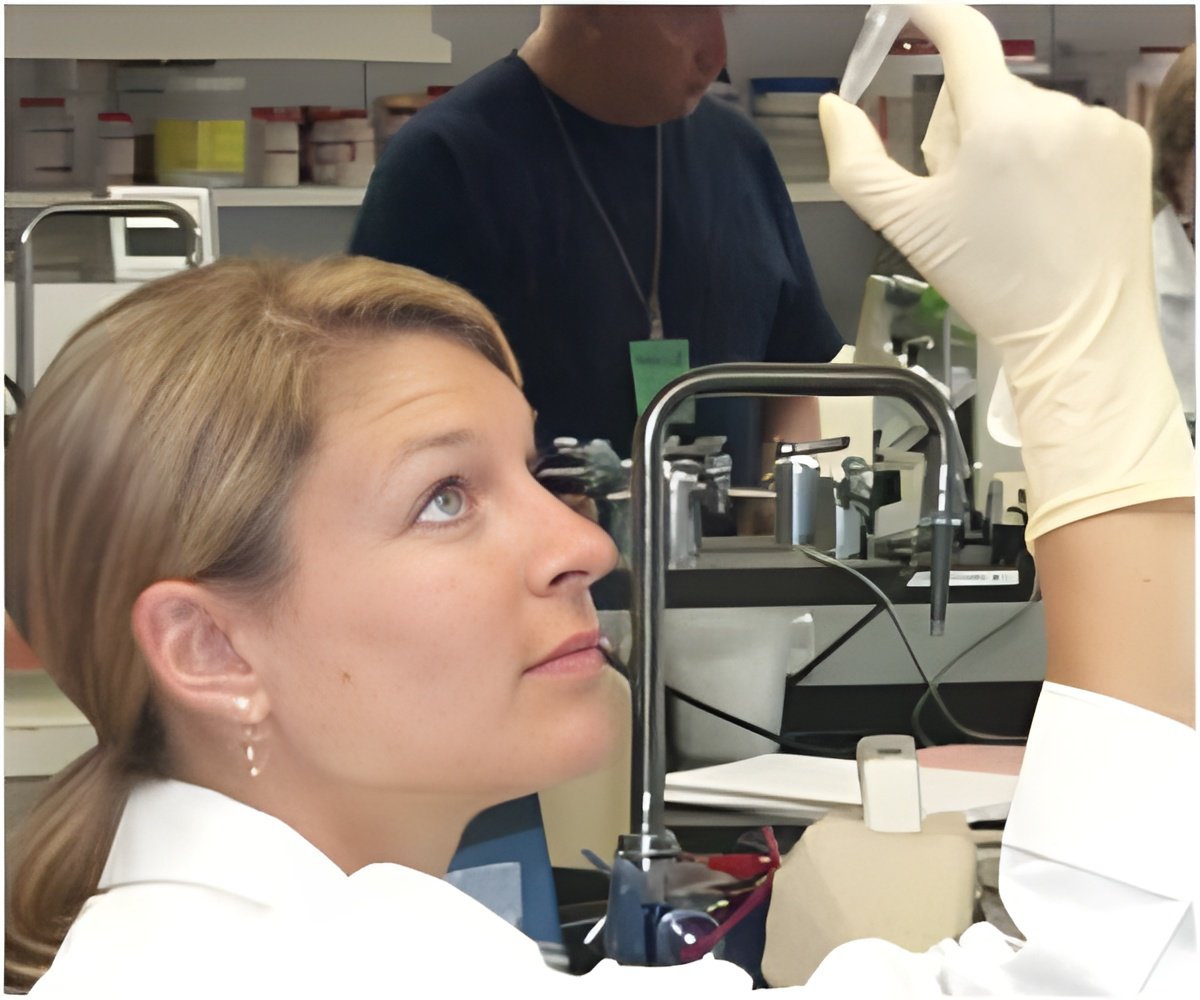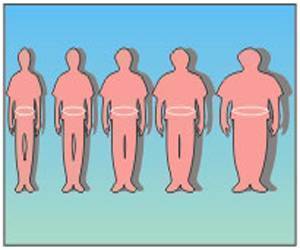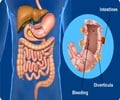How a process called Endoplasmic Reticulum-associated Protein Degradation or ERAD in brain's neurons can control food intake and obesity.

- ERAD, a brain protein quality regulating process can control the food intake and obesity by tightly regulating the amount of POMC hormone released by the cells.
- Pro-opiomelanocortin or POMC can produce appetite-regulating hormones.
- If the ERAD system fails POMC neurons induced the cells to eat far more than usual and gain weigh more rapidly.
The grandfather hormone, or prohormone, is called pro-opiomelanocortin or POMC. After it's produced by the cells in the region of the brain called the hypothalamus, it gets chopped up to make several important appetite-regulating hormones.
But the new research shows that before POMC can leave the cells that produce it, every single copy has to pass a kind of inspection. This ensures that poorly made POMC copies get cleared in a timely way.
It's a process called ERAD, for endoplasmic reticulum-associated protein degradation.
The researchers show that the ERAD process in POMC neurons controls food intake and obesity by tightly regulating the amount of POMC released by the cells.
The U-M experiments showed that mice with a broken ERAD system in their POMC neurons ate far more than usual, and gained weight rapidly, becoming obese - even though they were fed a low-energy diet.
The role of ERAD in regulating human obesity
Knowing that a rare, severe form of childhood obesity arises from a mutation in the POMC gene, the researchers explored the relationship between ERAD and this mutation.
Humans with the mutation, called C28F, feel constant hunger and have complete lack of control over eating. They become severely obese in their early years.
The researchers found that mutated POMC molecules evaded the ERAD quality control process and built up inside of the brain cells where they were made - getting in the way of the production of normal POMC.
Both cases -- the mice with broken ERAD, and the patients with mutated POMC -- surprisingly share the same underlying reasons: the built-up misfolded POMC molecules clump together and keep the entire hormone factory from running smoothly.
Strangely, the buildup didn't cause the cells to die. They just didn't pump out the POMC prohormone.
The researchers, including lead author Geun Hyang Kim, Ph.D., a postdoctoral fellow in the Qi lab, conclude that properly functioning ERAD provides a "safe space" for the cell to put finishing touches on its products, keeping the bad proteins from clumping together with the good ones.
This opens the door to new experiments with drugs that could boost the ERAD process in POMC-producing brain cells.
The researchers focused on POMC-producing cells in the brain region called the arcuate nucleus of the hypothalamus, and a pair of ERAD quality control molecules called Sel1L-Hrd1.
Qi and his colleagues last year showed that problems with ERAD affect the production of another prohormone, proAVP, which is the grandfather of a hormone called vasopressin that regulates water balance in the body.
Mice lacking ERAD in vasopressin-producing neurons develop a condition called diabetes insipidus, just like humans with the same condition.
"Whenever you generate mice exhibiting human disease-like phenotypes, you know you are working on something with fundamental importance," he says. "The ultimate question for us is, can we manipulate this system to treat human diseases."
For instance, he says, using the knowledge gained from these studies, a small-molecule drug might be developed to boost the activity of the ERAD machinery, to make sure prohormones gets handled correctly. The team is working with other U-M colleagues to test some of these ideas.
Reference
- Geun Hyang Kim, Guojun Shi, Diane R.M. Somlo, Leena Haataja, Soobin Song, Qiaoming Long, Eduardo A. Nillni, Malcolm J. Low, Peter Arvan, Martin G. Myers Jr., and Ling Qi1,Hypothalamic ER–associated degradation regulates POMC maturation, feeding, and age-associated obesity, Journal of clinical investigation (2018).DOI:10.1172/JCI96420.
Source-Eurekalert















